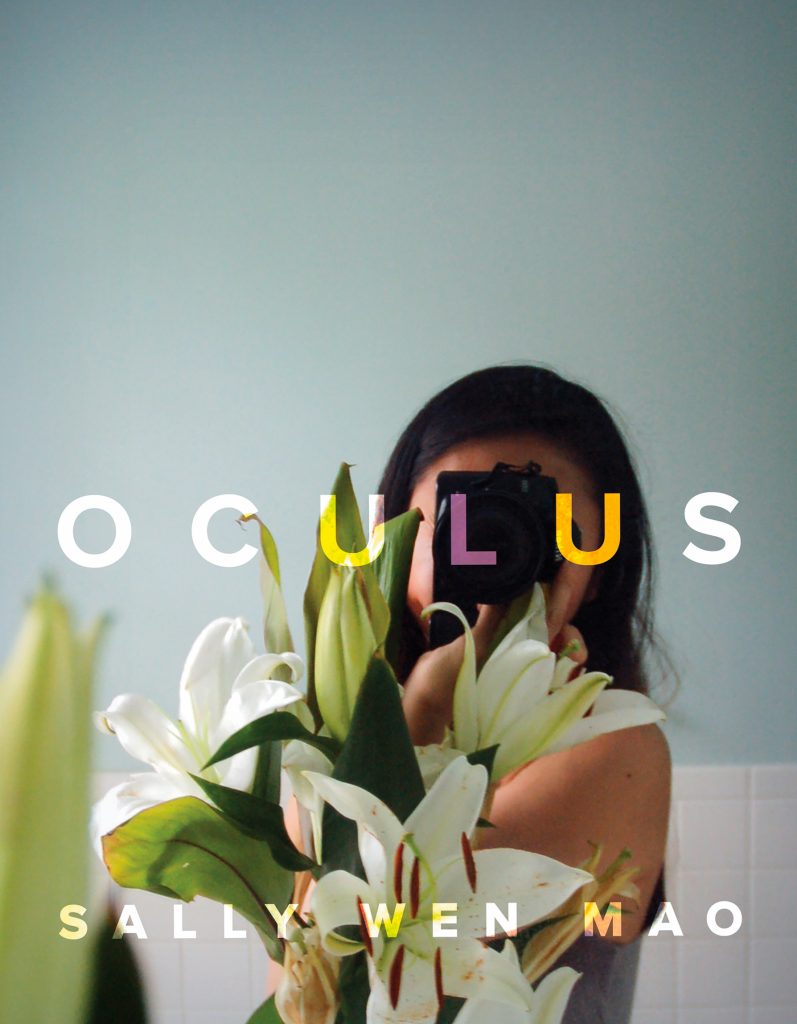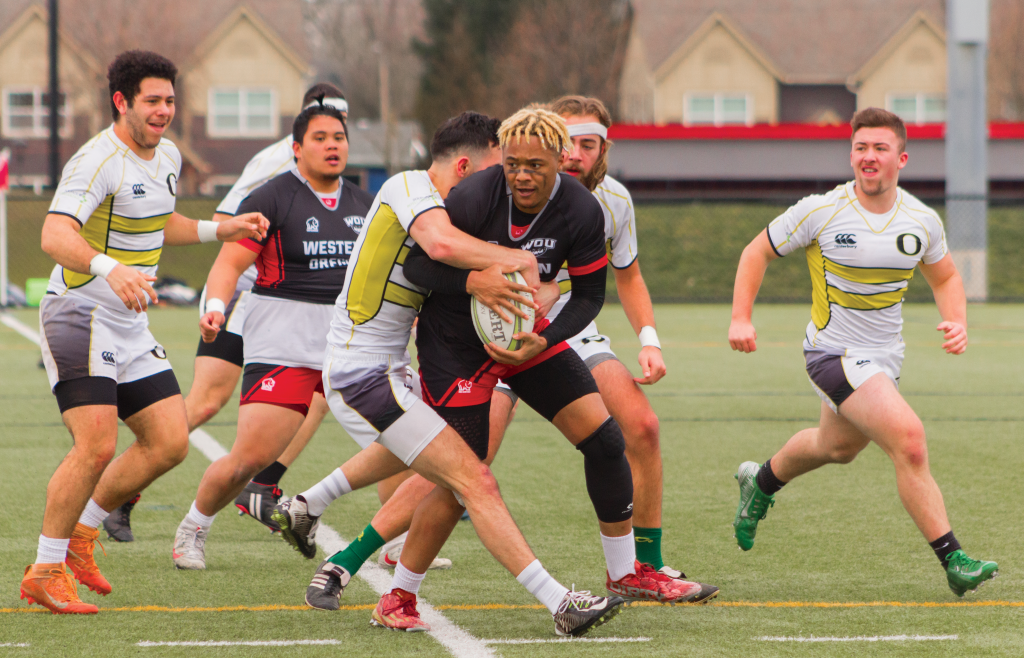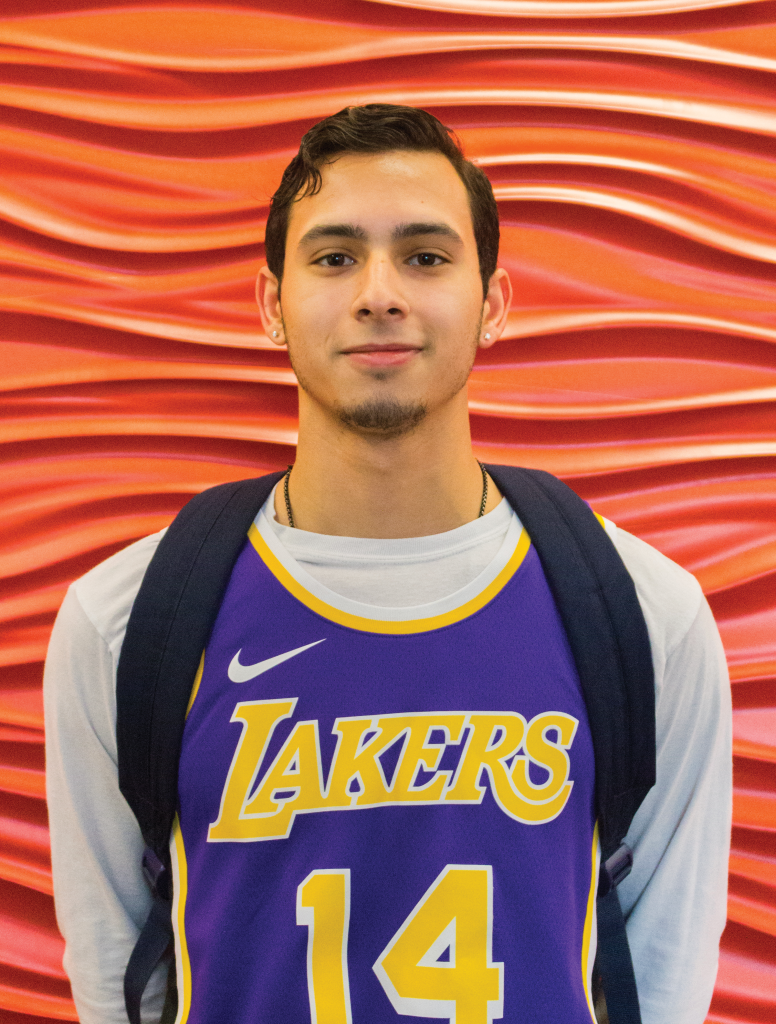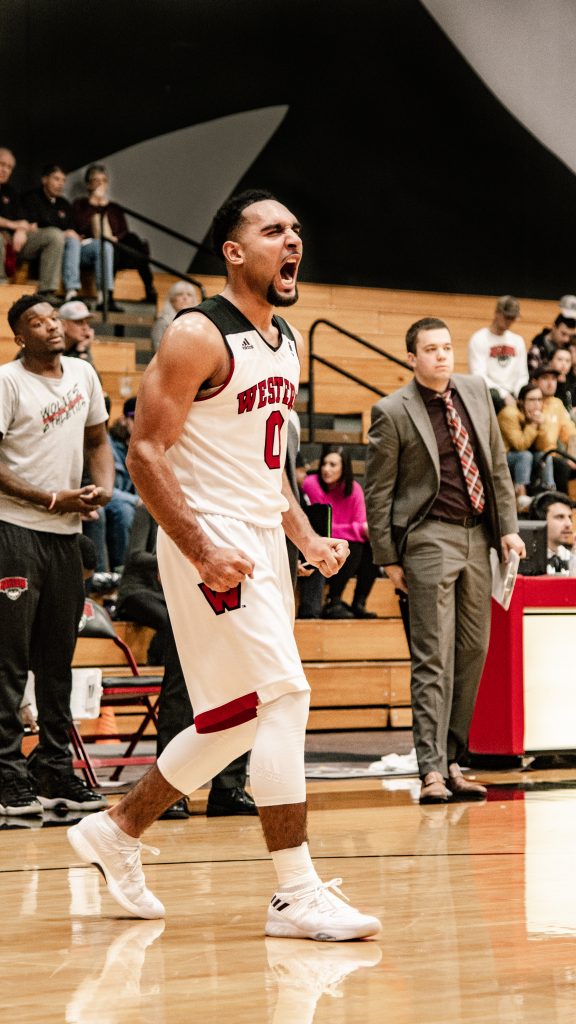Caity Healy | Editor-in-Chief
As of Tuesday, Feb. 5, the list of confirmed cases of the measles in Washington since the first day of 2019 reached 50, according to doh.wa.gov. Of those 50, 34 were between the ages 1 to 10. And, of those 50, 42 were unvaccinated. On Jan. 25, Washington Gov. Jay Inslee declared a state of emergency. If only there were some way this could have been widely prevented.
The Measles Mumps Rubella (MMR) vaccine is about 97 percent effective after receiving both doses, per cdc.gov. Despite this statistic, people are still choosing not to receive the vaccine. And, in some cases, these people are also choosing not to vaccinate their children.
The measles are highly contagious; it can be contracted by entering a room that someone with measles left up to two hours prior, according to cdc.gov. As the list of exposure locations continues to grow and grow, I can’t help but worry. I worry for the child who had no choice. I worry for the infant who is not old enough to get their vaccine yet. I worry for those who are already ill who, if infected, could face serious complications. I worry for those who are pregnant, who, if infected, could also face serious complications. I worry for those who simply cannot afford the vaccine for themselves or their child.
I might sound like I’m being dramatic, but let’s be honest. This is ridiculous. It’s 2019, the MMR vaccine has been around since 1967. How this is still a problem, especially to this extent, blows my mind. While it’s uncommon to die from the measles, it can lead to other serious illnesses, such as pneumonia, which could be deadly for children or those with compromised immune systems.
When I heard of the outbreak, my first thought went to my sister Meagan Hess, who has an 11-month old baby — too young for the MMR vaccine.
“I have to constantly check the exposure sites to make sure it wasn’t somewhere I’ve been with my daughter,” Hess said. “Anytime we go anywhere, out to dinner for example, it’s in the back of my mind — what if someone with the measles is here and we just exposed our daughter because we wanted to go on a family date?” Among the list of exposure sites: Hess’s workplace. She couldn’t even go to work without worrying that she or someone else had been exposed.
Hess explained what she wished she could tell someone who chooses not to vaccinate: “Everything has risks … but think about the greater risks of not getting the vaccine … think about how this will impact your child.”
Hess’s final thought on the situation was, “Yes, it’s your choice. But when your choice is impacting all those babies whose parents don’t yet have the option to give their child the vaccine, it becomes a greater responsibility than your own choice for your child.”
Personally, I can’t understand why someone would choose to not vaccinate their children. I have yet to hear a single reason why this would be okay.
Another mother I know explained that she didn’t want to “infect” her child through the vaccine. And, instead, said she would rather risk them getting the disease and dealing with that afterwards. I was in awe. She added that she didn’t trust the hospital. If you don’t trust them to give your child the vaccine, are you going to trust them to save your child’s life when they contract a highly-preventable disease?
Other people choose not to vaccinate because of a fraudulent study that linked vaccinations to autism. This study has been disproven. No links have been found between the ingredients in vaccines and autism. Yet, people still make this connection. Based on their own experiences or by coincidental occurrences? Maybe. But still not worth risking a life over. And, even if this were true, using this as your reasoning would mean that you would rather your child contract deadly diseases that could literally kill them than have them get a life-saving vaccine that you believe could lead to autism.
For those who are considering the vaccine but haven’t received it yet, don’t just take my word for it. Do your own research. What you’ll find is that it is incredibly rare for a vaccine to cause any complication.
As of Feb. 5, the number of confirmed cases in Oregon still sits at one. But even that is one too many. On Feb. 1, an email was sent out to all Western students from Beth Scroggins, the Director of the Student Health and Counseling Center, stating that waived students could be removed from classes if an outbreak occurs. Let’s hope it doesn’t actually reach this point.
Please vaccinate. I know I sound like a Bob Barker “spay and neuter” PSA, but it’s true. Vaccinations can and do save lives.
For the most current list of exposure sites, visit clark.wa.gov, which is updated frequently.
Contact the author at chealy16@wou.edu






